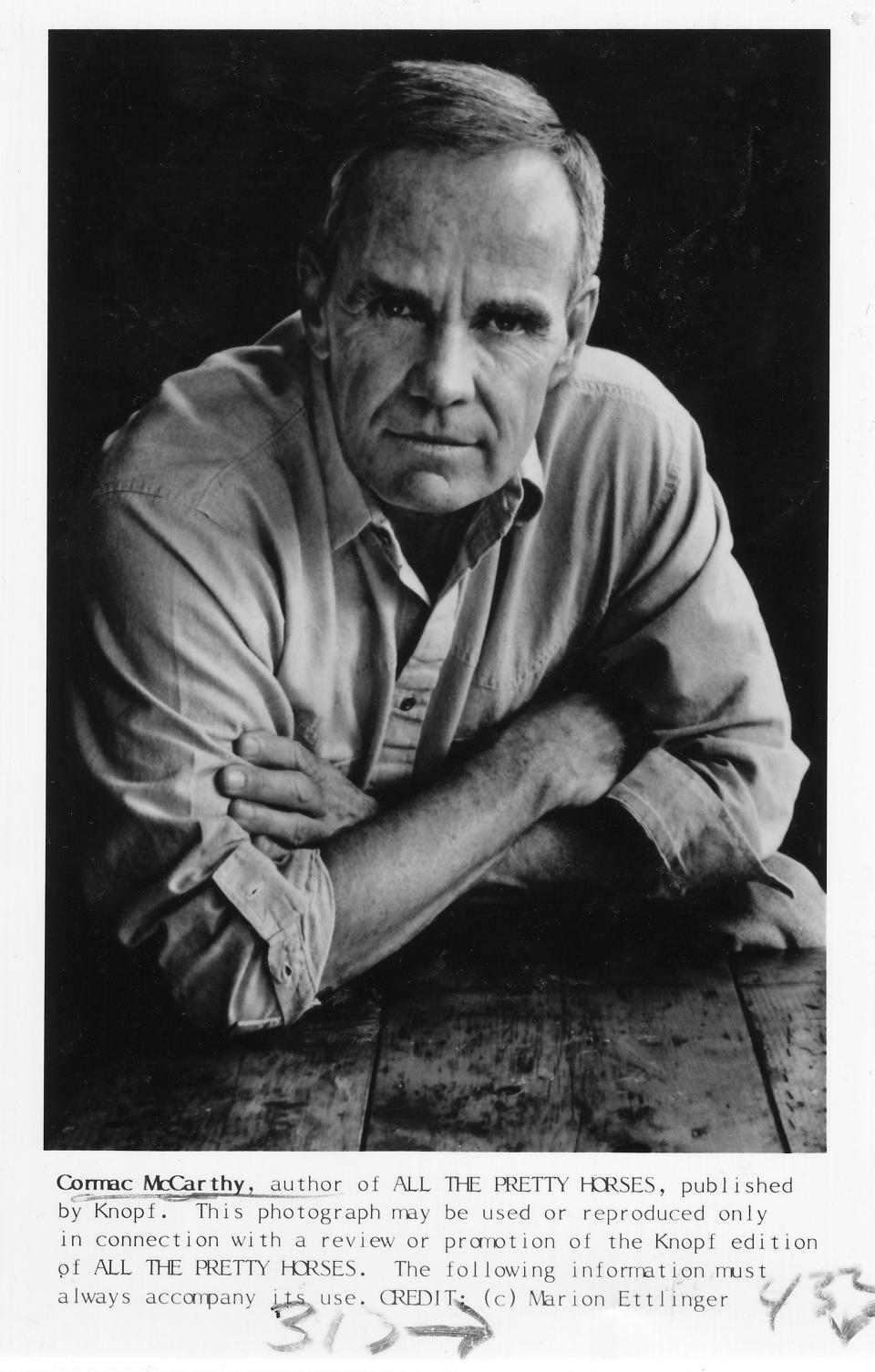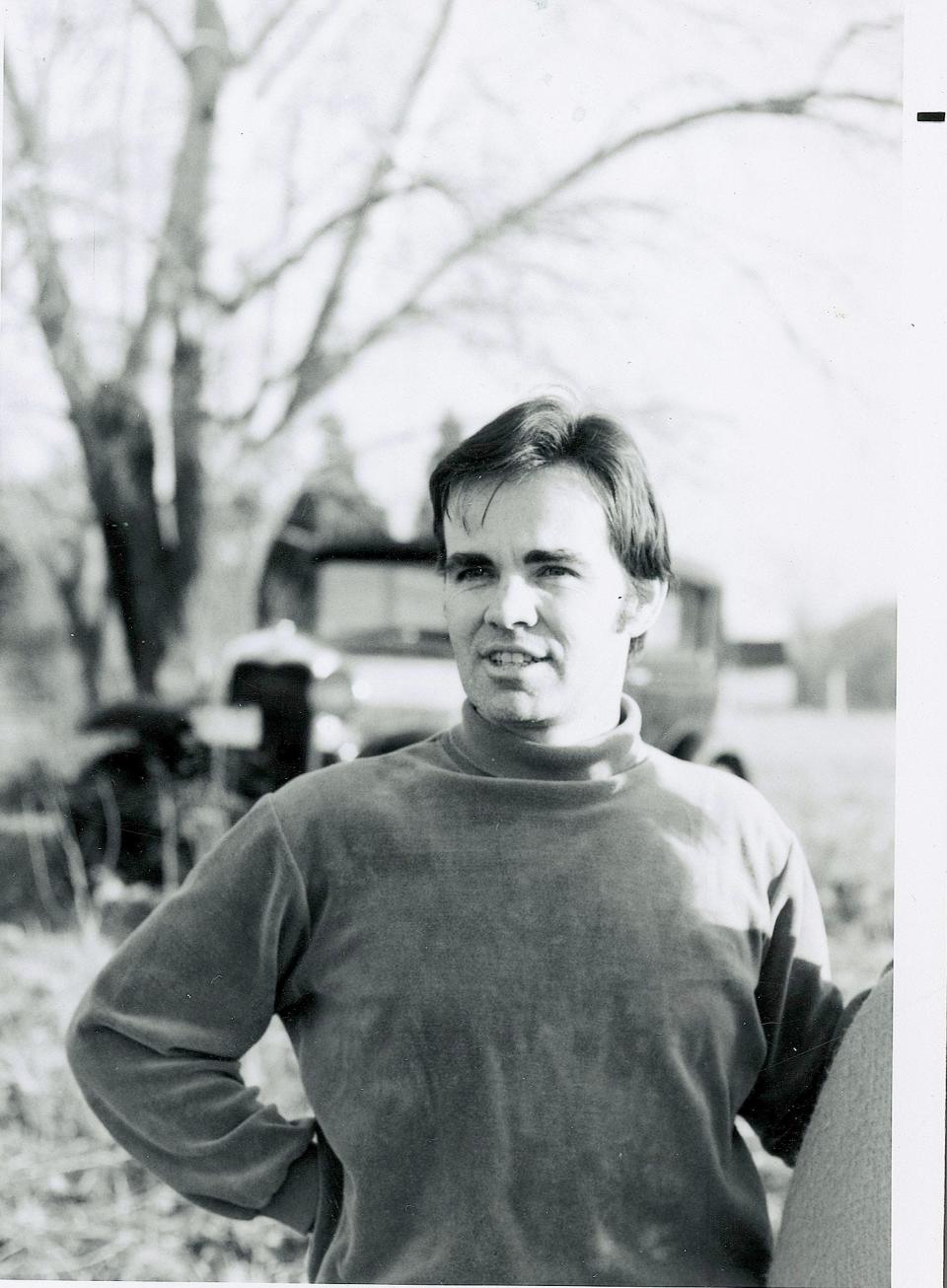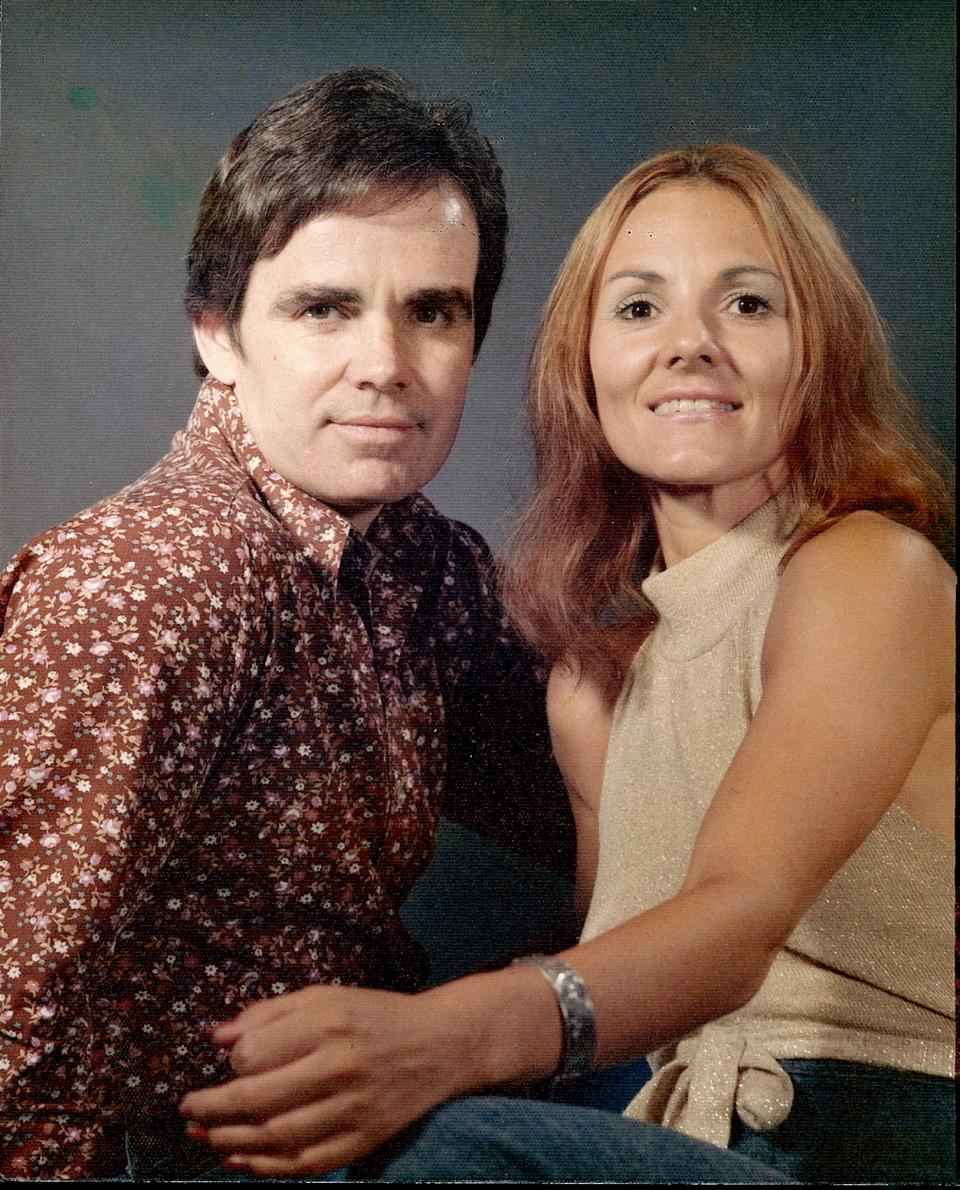Cormac McCarthy's rare interviews shine a light on one of America's most revered novelists
- Oops!Something went wrong.Please try again later.
Cormac McCarthy, one of America's most revered novelists, has died. He was 89.
Known for “All the Pretty Horses,” “No Country for Old Men” and “Suttree,” McCarthy – who grew up in Knoxville – drew inspiration from East Tennessee for his work.
He was often reclusive, opting to do very few interviews throughout his long literary career that began in 1965.
As people close to Cormac McCarthy put it, the iconic author let "his books do the talking.”
McCarthy published two novels in fall 2022, his first releases since the Pulitzer Prize-winning “The Road” in 2006.
Knox News revisited notable excerpts and quotes from McCarthy when he spoke to us about his work during his early career in the 1960s and '70s.
His brother Dennis McCarthy and ex-wife Annie DeLisle also offered a little more insight into the private author in a 1990 News-Sentinel report.
Here are a few ways the author expressed himself:

Cormac McCarthy on his novel “Outer Dark” (1968)
“I was living up in Sevier County at the time I began writing my second novel. … I worked on it over a period of several years, some time in Asheville, and finished it in Spain.”
A preview to “Suttree” (1968)
This interview goes back to when a young McCarthy was working on his fourth novel: “It is still in rough draft work and is set in Knoxville,” he said.
Indeed it was. Ultimately released in 1979, "Suttree" is a semi-autobiographical novel set in Knoxville during the 1950s. Cornelius Suttree chooses to reject tradition and his family's wealth to mingle with the city's misfits and live in a houseboat as a fisherman on the Tennessee River. Landmarks like Gay Street and Market Square are mentioned in the book.
Suttree Landing Park on the Tennessee River in downtown Knoxville is an homage to the book and its lead character.
Why McCarthy personally connected with a character from his first screenplay, "The Gardener's Son," based on real events (1977)
“Robert McEvoy grows up being a black sheep, the bad boy of the town. That was familiar to me, too.”
McCarthy’s family moved to Knoxville when he was just 4 years old. They lived in the Sequoyah Hills and South Knoxville areas and McCarthy attended Catholic High. His childhood home in South Knox burned down in 2009.
McCarthy also attended the University of Tennessee for one year in the 1950s until he “dropped out or was kicked out, depending on your sources,” reported News-Sentinel writer Don Williams. Following a four-year stint in the Air Force, he returned to UT, but dropped out again to finish writing his debut novel, “The Orchard Keeper.”
How McCarthy stumbled into writing (1977)
“I don’t know why I started writing,” he said laconically. “I don’t know why anybody does it. Maybe they’re bored, or failures at something else. Look at (former Vice President) Spiro Agnew. He’s now a novelist.”

McCarthy on what drives him to write (1977)
“I find when I’m really comfortable and have a little money, I tend to relax too much – whereas when my feet are in the fire I tend to get up early and go to work.”
McCarthy on what interested him about filmmaking (1977)
“It’s back-breaking work. On location for 30 days, and the last week we were working 16 to 18 hours a day. You’ve got to be some kind of weirdo to think that it’s fun. But it sure kept my interest up – and writers are basically pretty lazy people.”
Several of his novels were eventually made into films. “No Country for Old Men” directed by Joel and Ethan Coen won four Academy Awards, including best picture.
And other film adaptions of his work include “All the Pretty Horses,” starring Matt Damon and Penelope Cruz; “The Road,” starring Viggo Mortensen and Charlize Theron; and “Child of God,” directed by James Franco.
Why McCarthy was so private (1990)
“He just doesn’t want anything said about him. … It’s almost like a superstition. He’s afraid he’ll ruin whatever he has going if he talks.”
– Dennis McCarthy (brother)
What friends said about the “great man” and “literary genius” shying away from press (1990)
“It isn’t snobbery. Cormac lets his books do the talking.”

How McCarthy coped after writing the graphic and violent material depicted in his work (1990)
“After he would write, he would say, ‘Well, it’s cocktail time.’ Then he’d take a shower as if washing all that stuff out of his hair.”
– Annie DeLisle (ex-wife)
More rediscovered interviews from McCarthy’s early career (from 1968-80) were recently published by the Cormac McCarthy Journal. The collection includes the 1968 and '77 News-Sentinel interviews and interviews from the Knoxville Journal and the Maryville Daily Times.
This article originally appeared on Knoxville News Sentinel: Cormac McCarthy interviews shine light on Knoxville author

